If you’ve been impressed by last year’s Leica SL3 but dismayed by its S$10,000 price tag, then the new S$7,500 Leica SL3-S out this year is a more affordable, yet flexible, mirrorless camera that still brings the German company’s renowned image quality.
To be sure, S$7,500 isn’t still cheap but the SL3-S will be a great choice for professionals and enthusiasts looking to shoot great travel, events and wildlife photos.
It’s a bit different from the SL3, which was all about high resolution with a 60-megapixel sensor ideal for studio and commercial work. The new SL3-S sports a still-decent 24.6-megapixel sensor, which is great for outdoor and other shots.
Though different inside, the Leica SL3-S looks nearly identical to its predecessors with the company’s minimalist design. Built from magnesium and aluminum, it feels solid and durable and weighs in at 768g.
Add the Leica 24-90mm f/2.8-4 lens and a battery, and it gets even heftier. Carrying it around Malacca on a recent trip was a bit of a workout for me, so I’d recommend a good cross-body strap for travel shots. Thankfully, the deep grip makes it comfortable to hold for extended shoots.
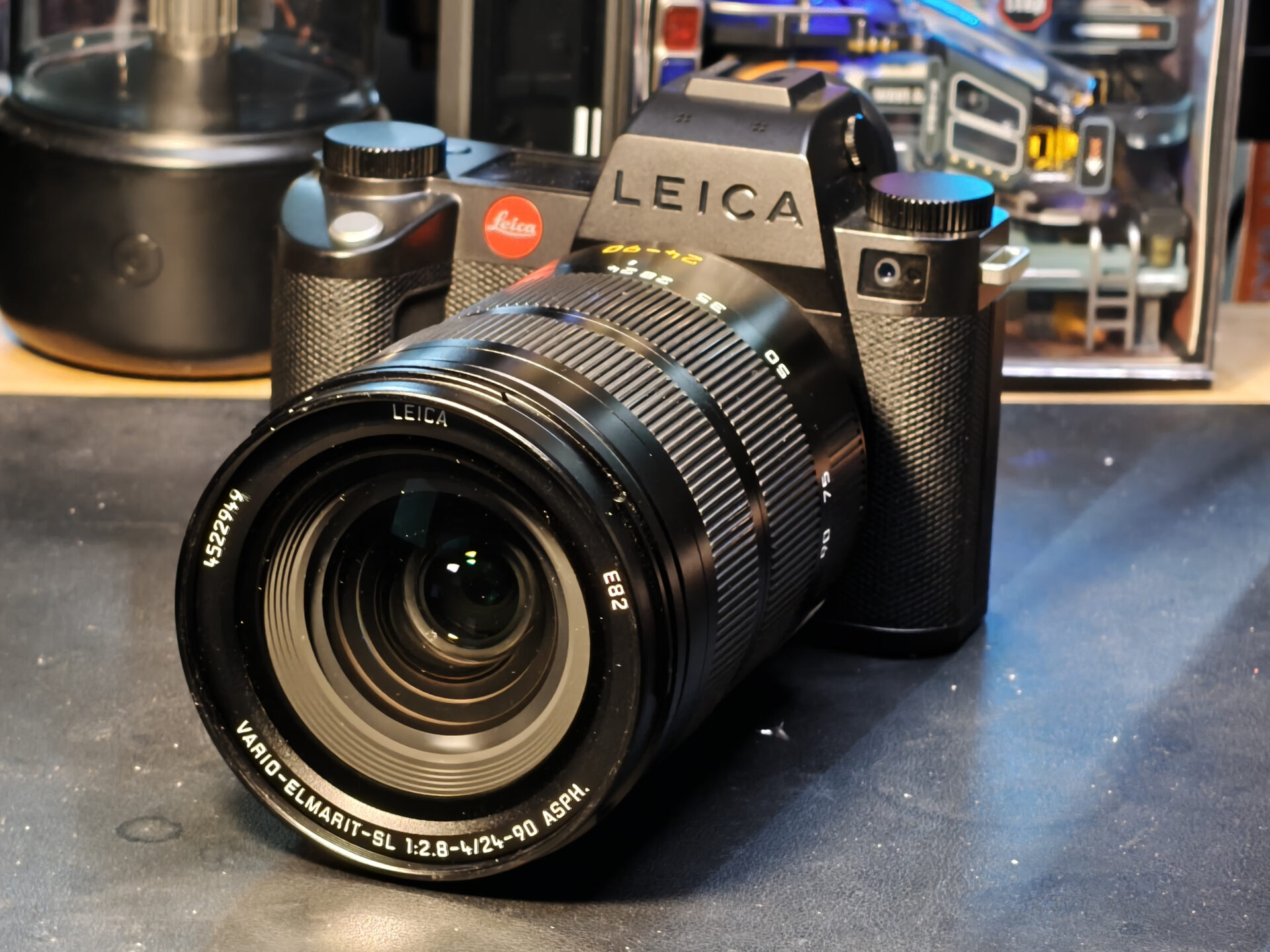
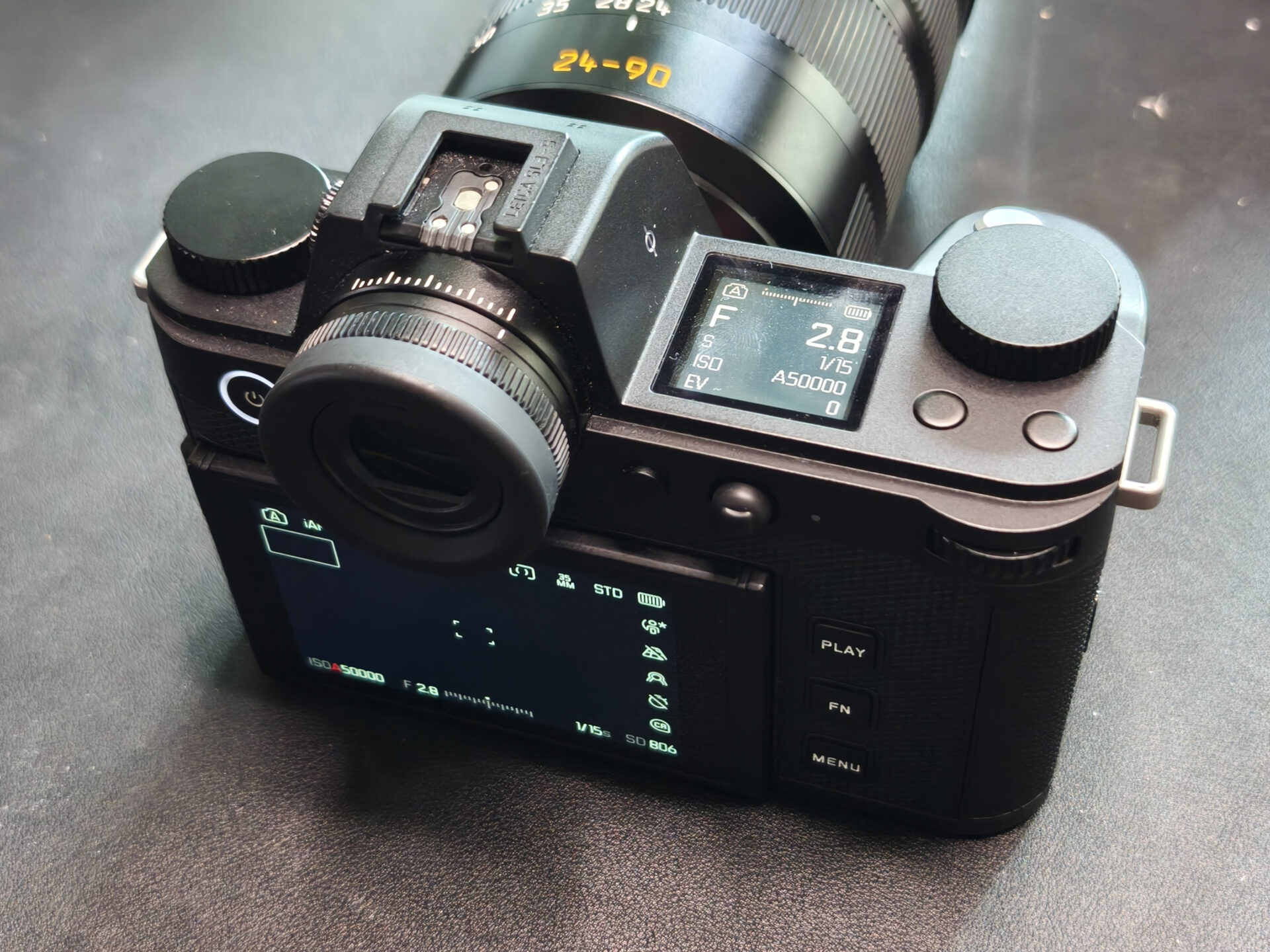
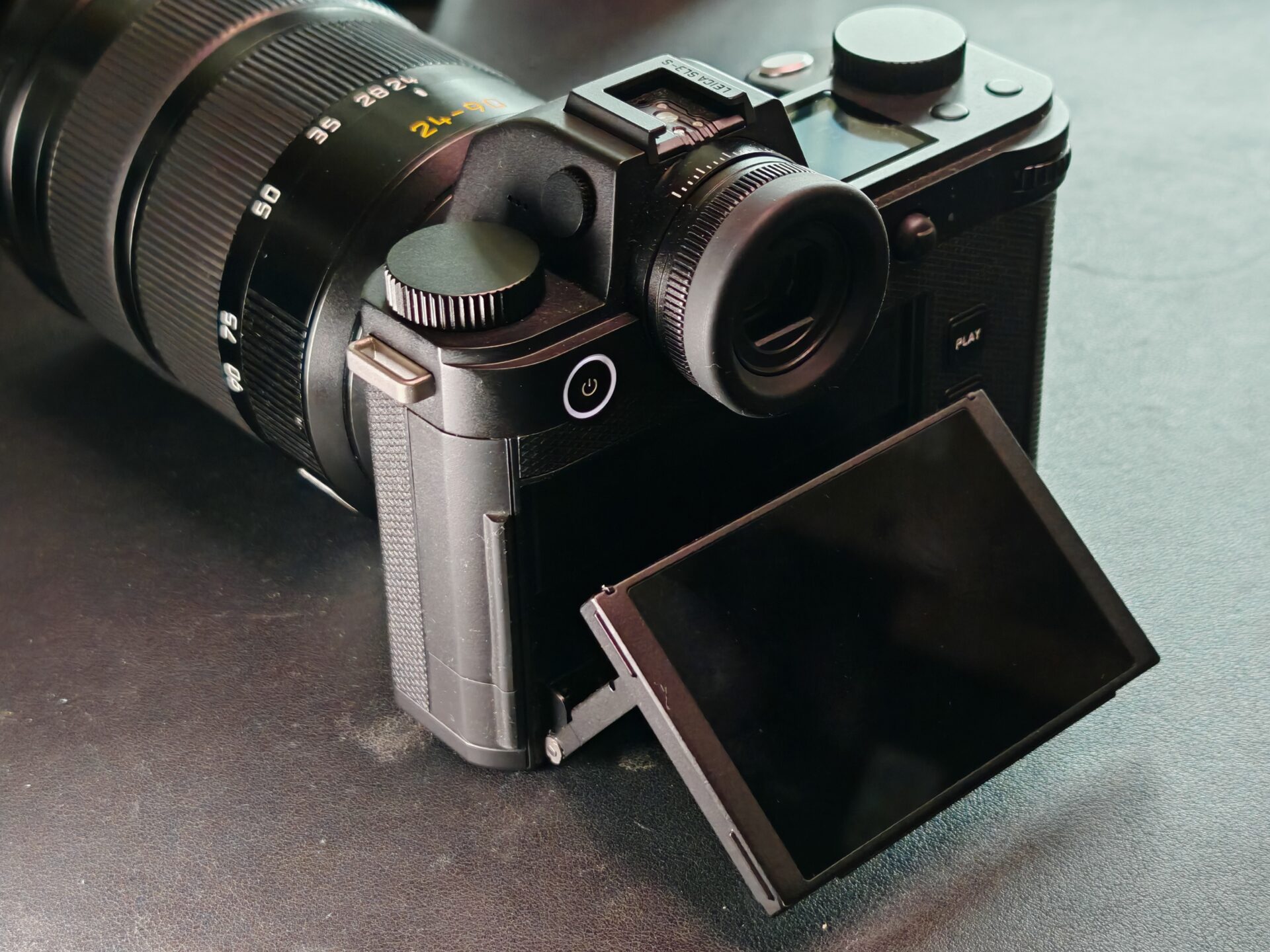
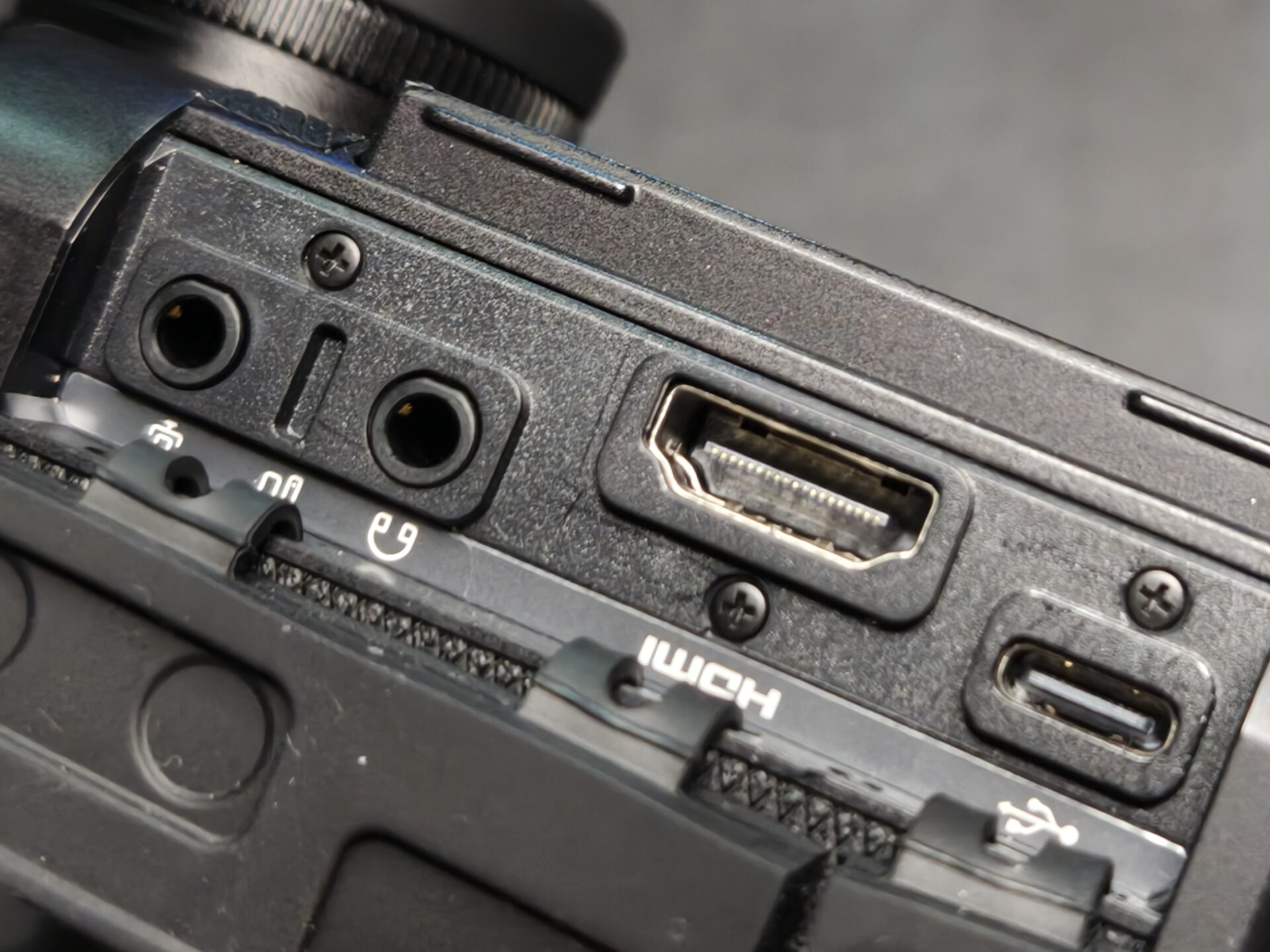
Note that Leica’s control layout might take some getting used to, especially for those switching from Nikon, Canon, or Sony. With few labels and icons, it can be a bit daunting at first, but once you get the hang of it, the button placement becomes intuitive. Each button can be customised, allowing you to tailor the camera to your workflow.
While the SL3-S has a lower megapixel count than the SL3, its 24.6-megapixel BSI CMOS sensor is actually a better fit for most photographers. It delivers faster performance, improved low-light capabilities, and more responsive autofocus.
Continuous shooting speed has doubled from 15fps to 30fps with full autofocus, making it great for fast-moving subjects like stage performances and wildlife.
The new camera’s autofocus system has also been upgraded, increasing from 315 to 799 detection points for better subject tracking. The camera locks onto eyes quickly and accurately, letting you focus more on composition and lighting.
However, the autofocus isn’t perfect. At times, the Leica SL3-S struggled to detect a subject if they were wearing a mask or partially obscured. In those cases, switching to center-point focus helped achieve the correct focus.
Another benefit of the lower-resolution sensor is its ability to capture more light, which translates to better high-ISO performance. With less noise in low-light situations, you won’t need a tripod as often.
If you do need a high-resolution shot, the SL3-S offers a Multishot mode. This lets you capture images at 48MP or 96MP in JPEG, with or without a tripod.
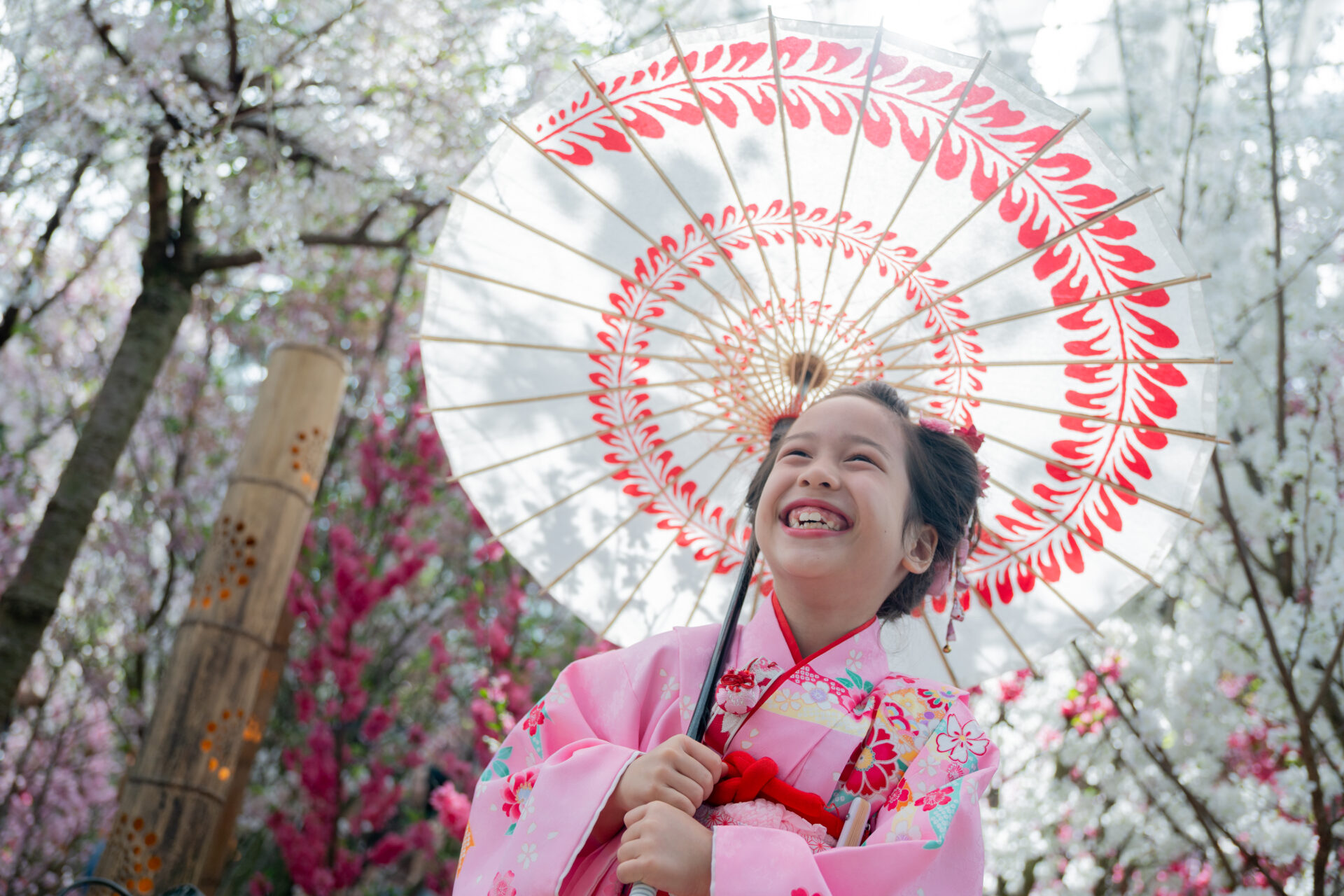

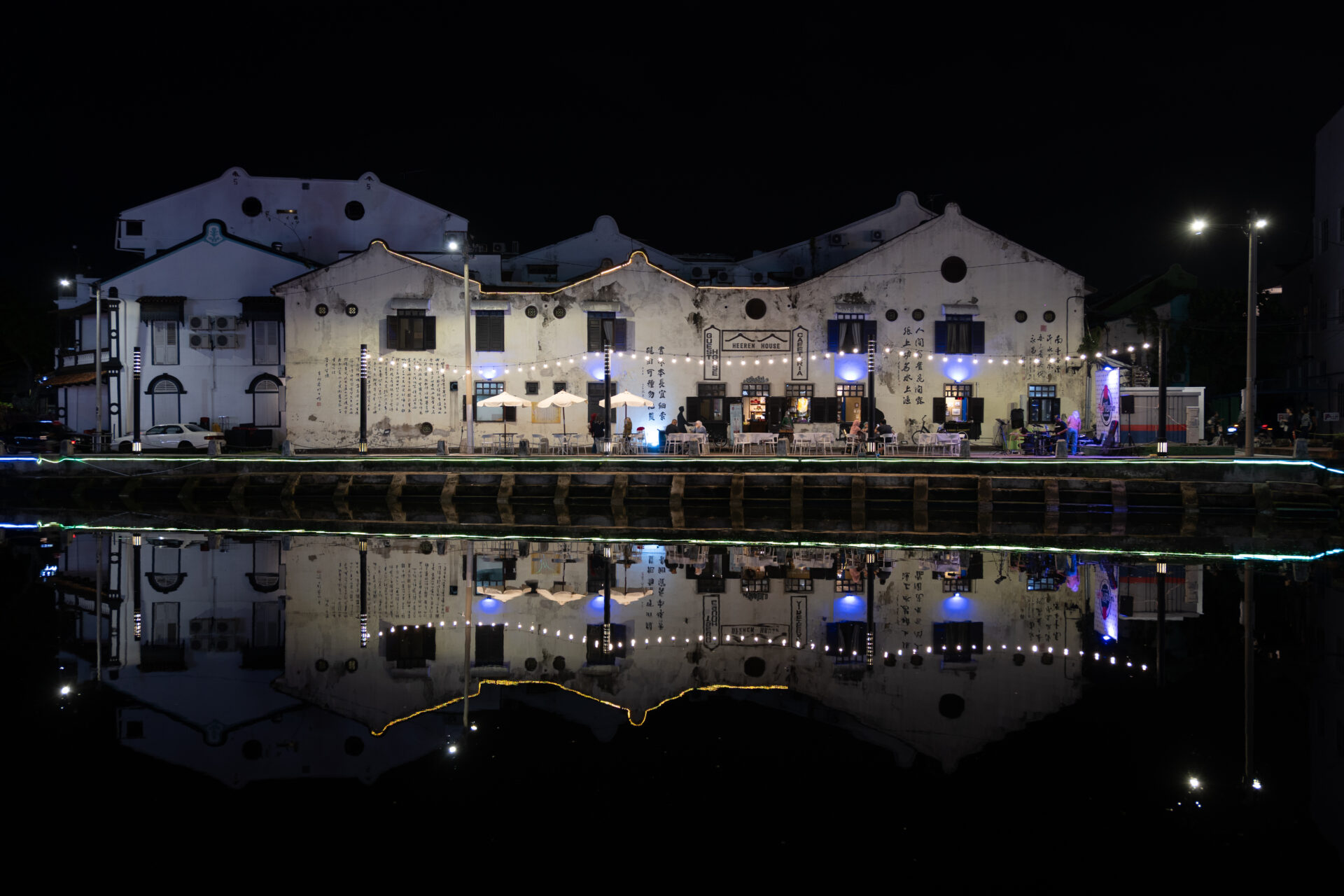
For videos, there’s a slight downgrade from the SL3. The SL3-S offers 6K 30p or 4K 60p instead of 8K 30p. While resolution takes a hit, the trade-off is better slow-motion capabilities and 3:2 open-gate recording, giving content creators more flexibility for cropping in post production. Just note that open-gate recording is capped at 30fps.
For framing, the SL3-S features a sharp and vibrant 5.76-million-dot OLED viewfinder and a tilting 3.2-inch touchscreen display that remains clear even in bright daylight. Unfortunately, the rear screen cannot be flipped forward so an external monitor is needed.
That said, I like the large, easily accessible diopter adjustment wheel near the viewfinder, which makes it convenient for those wearing glasses to fine-tune their view.
Connectivity is solid, with dual 3.5mm audio ports for recording and monitoring, a full-sized HDMI port for external monitors, and a USB-C port for saving directly to a solid state drive (SSD) for charging up. The Leica SL3S also supports UHS-II microSD and CFExpress Type B cards, ensuring fast buffer clearance during high-speed shooting.
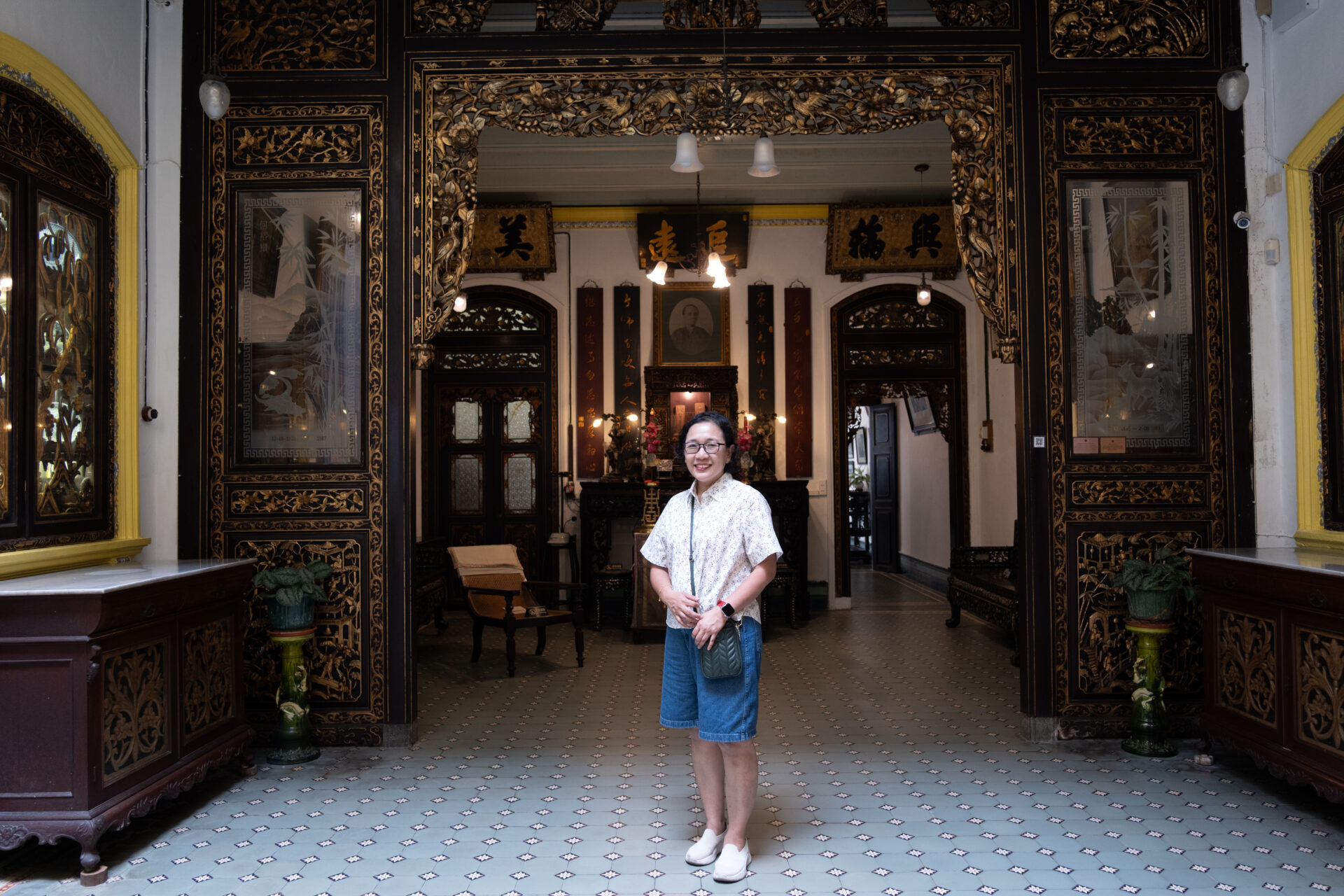
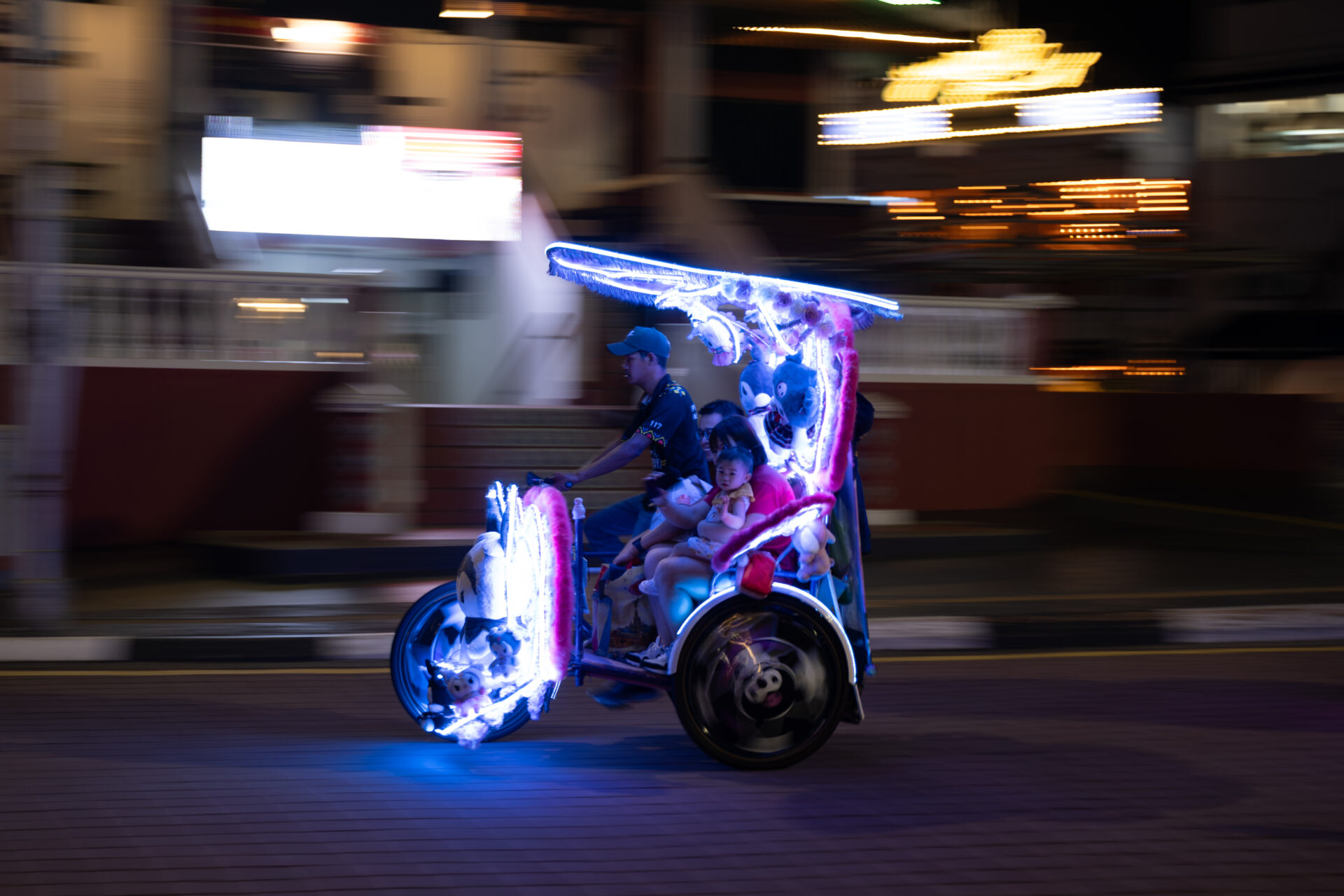
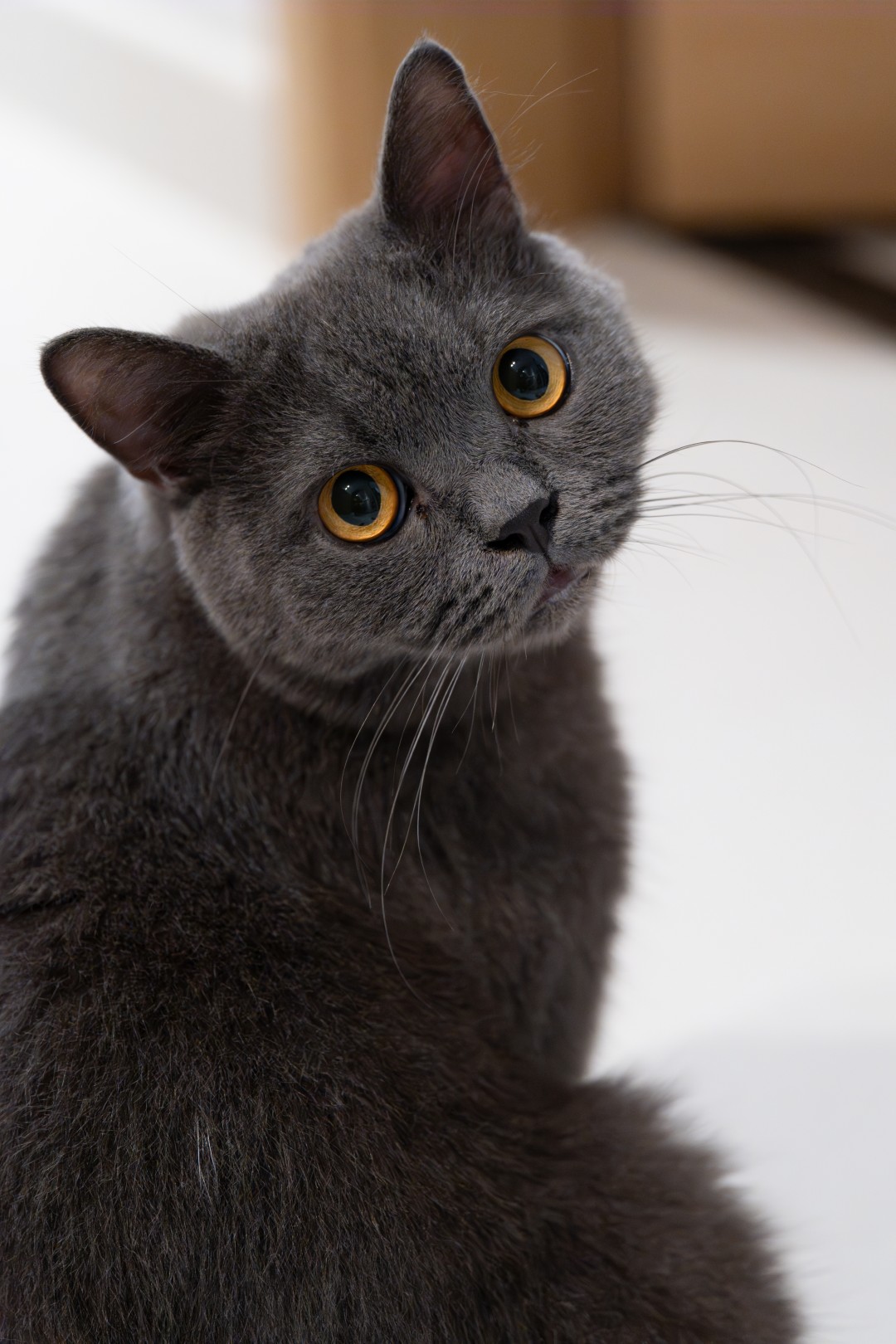
Like previous Leica models, the SL3-S uses the L-mount system, which makes it compatible with lenses from Panasonic Lumix, Sigma, Samyang, Laowa and Sirui. This makes the camera a more budget-friendly option for photographers who shoot different genres.
That said, Leica’s own lenses have a distinct character, producing rich colors and a signature depth that makes subjects stand out. It’s something I’ve noticed in my images from Malacca and an exhibition at Singapore’s Flower Dome.
If you’re read this far, there’s a good chance you’re a Leica user or fan. Good news is, the S$7,500 SL3-S is a more accessible entry point into the Leica L-mount system than earlier models, and that should leave some budget for a coveted Leica lens.







Most of us use Full HD screens or Quad HD laptops screen to see these photos. Quad HD is 3.7Megapixels only. Only when you need to print big will the data be useful. Most importantly is how these cameras interpret sensor data to colours seen on the screen.
I was going to give up my right eye for it! Now, I don’t think so, I can get any camera with 24mp sensor!